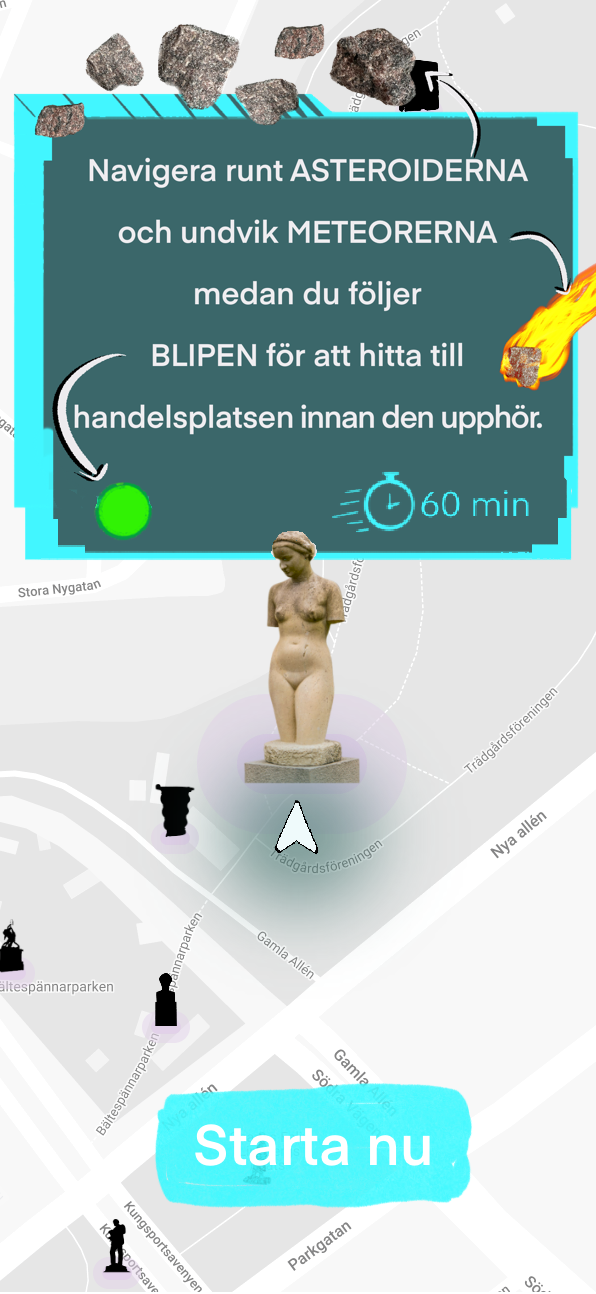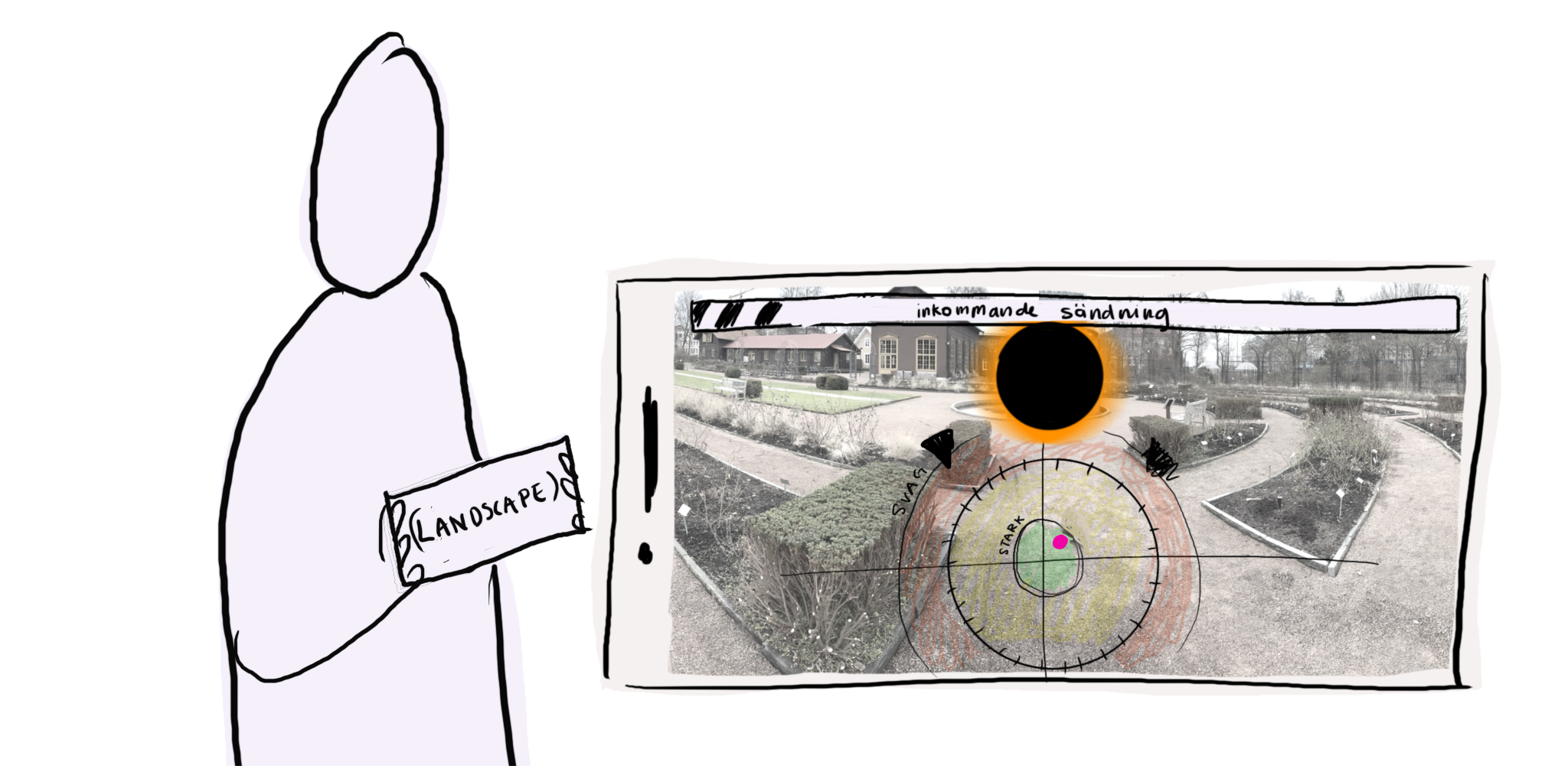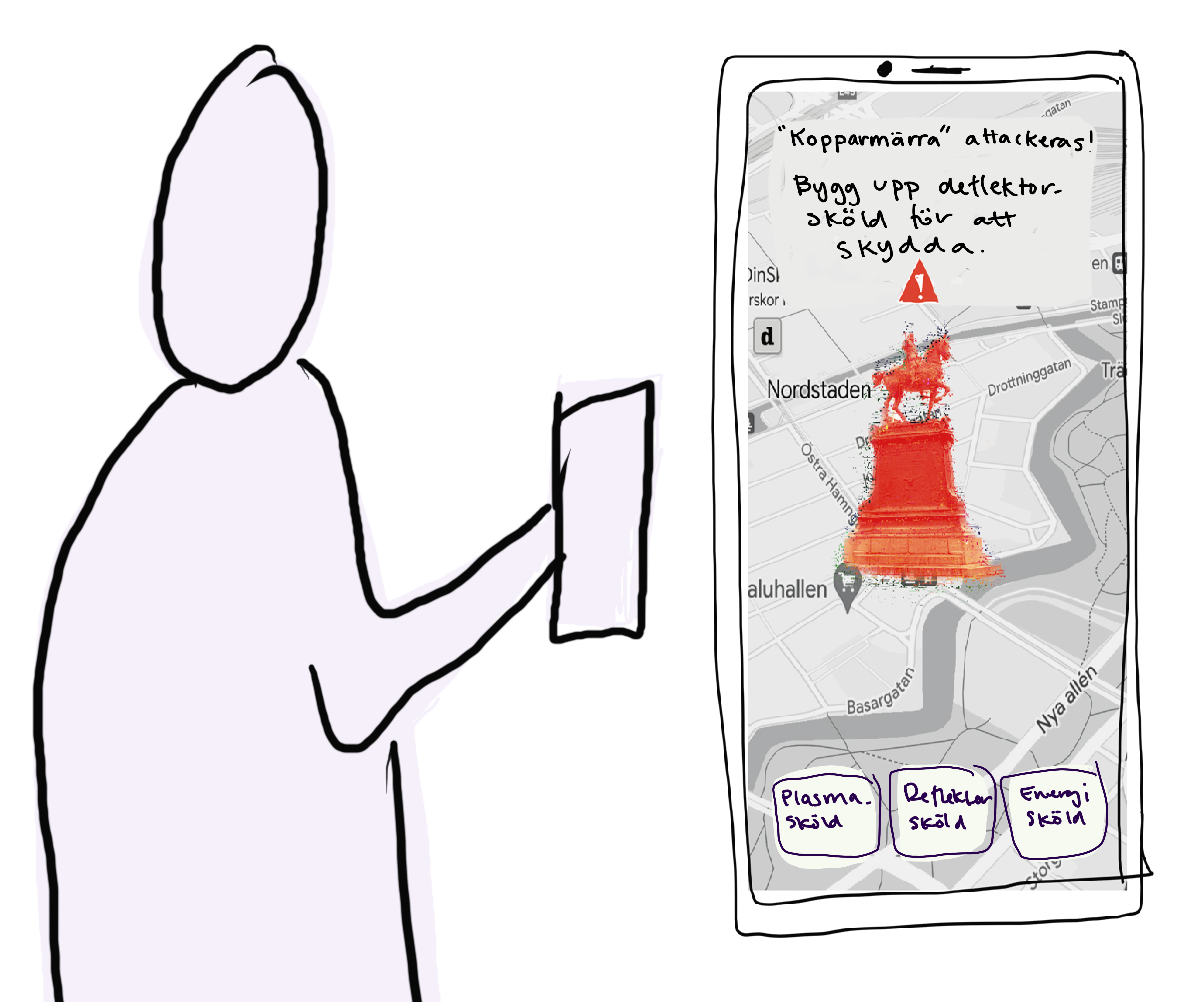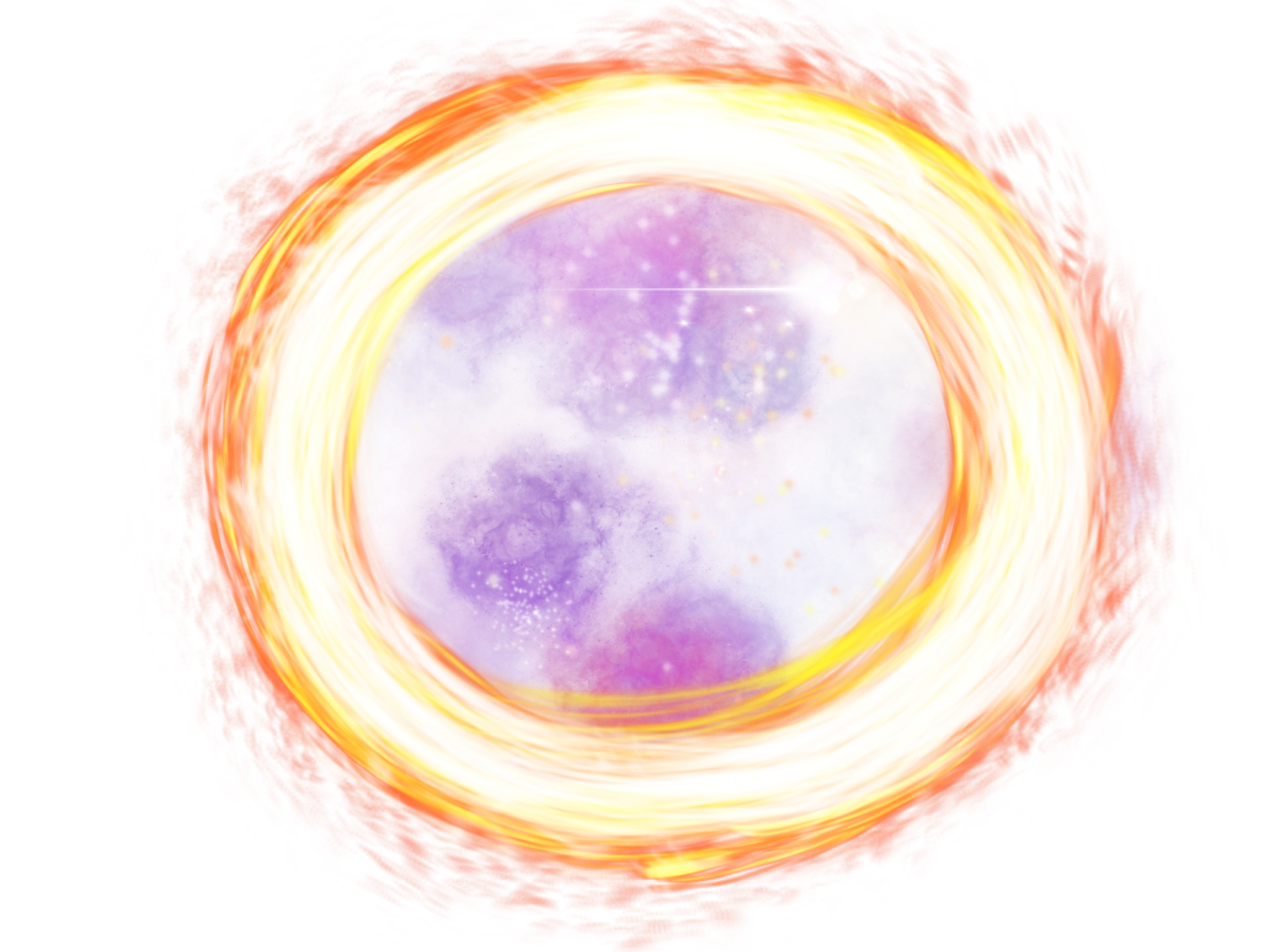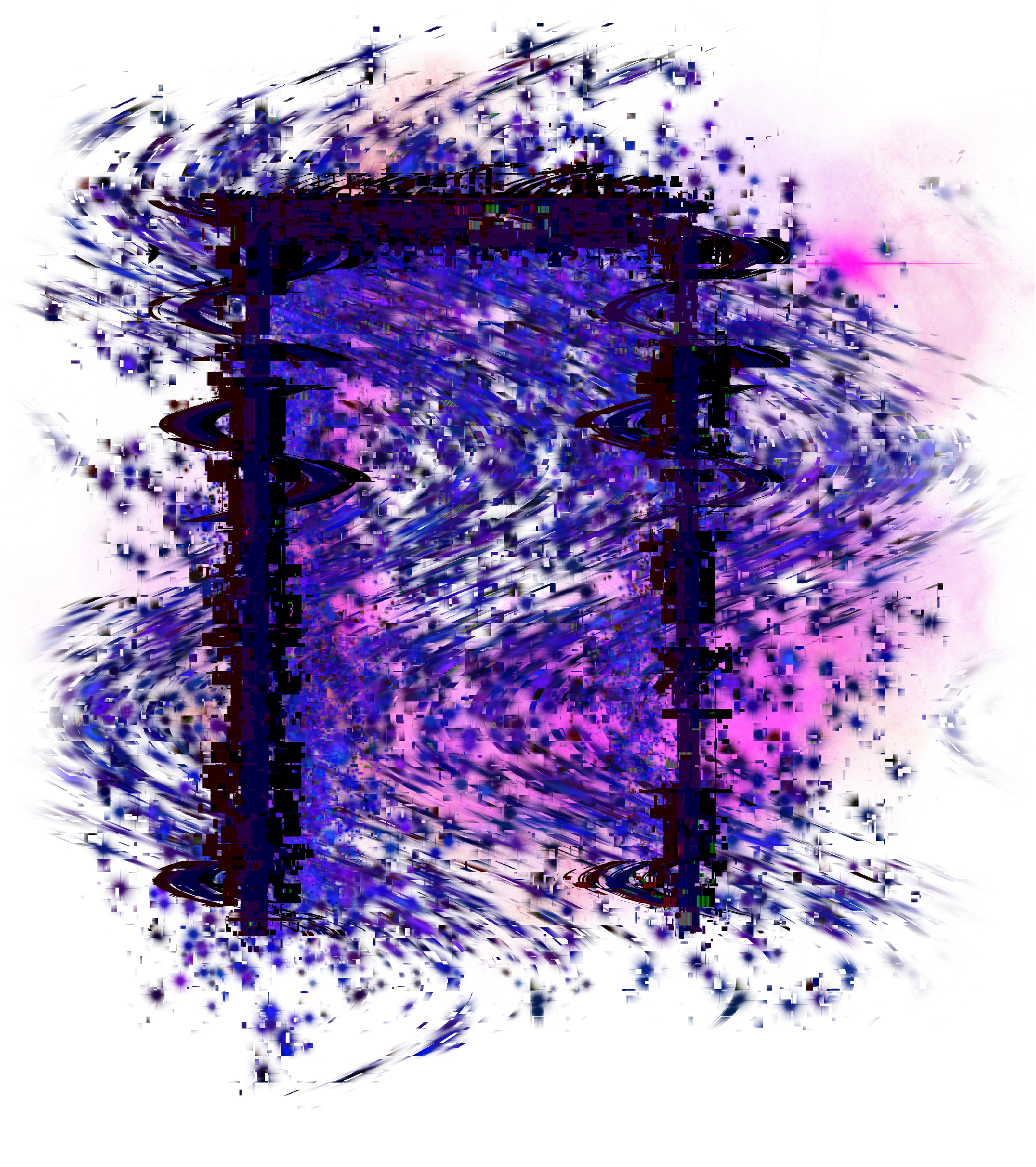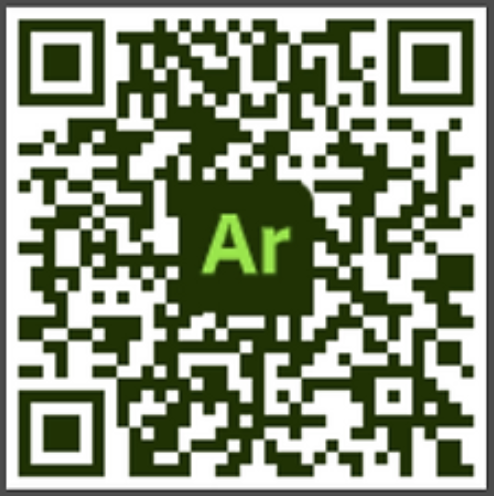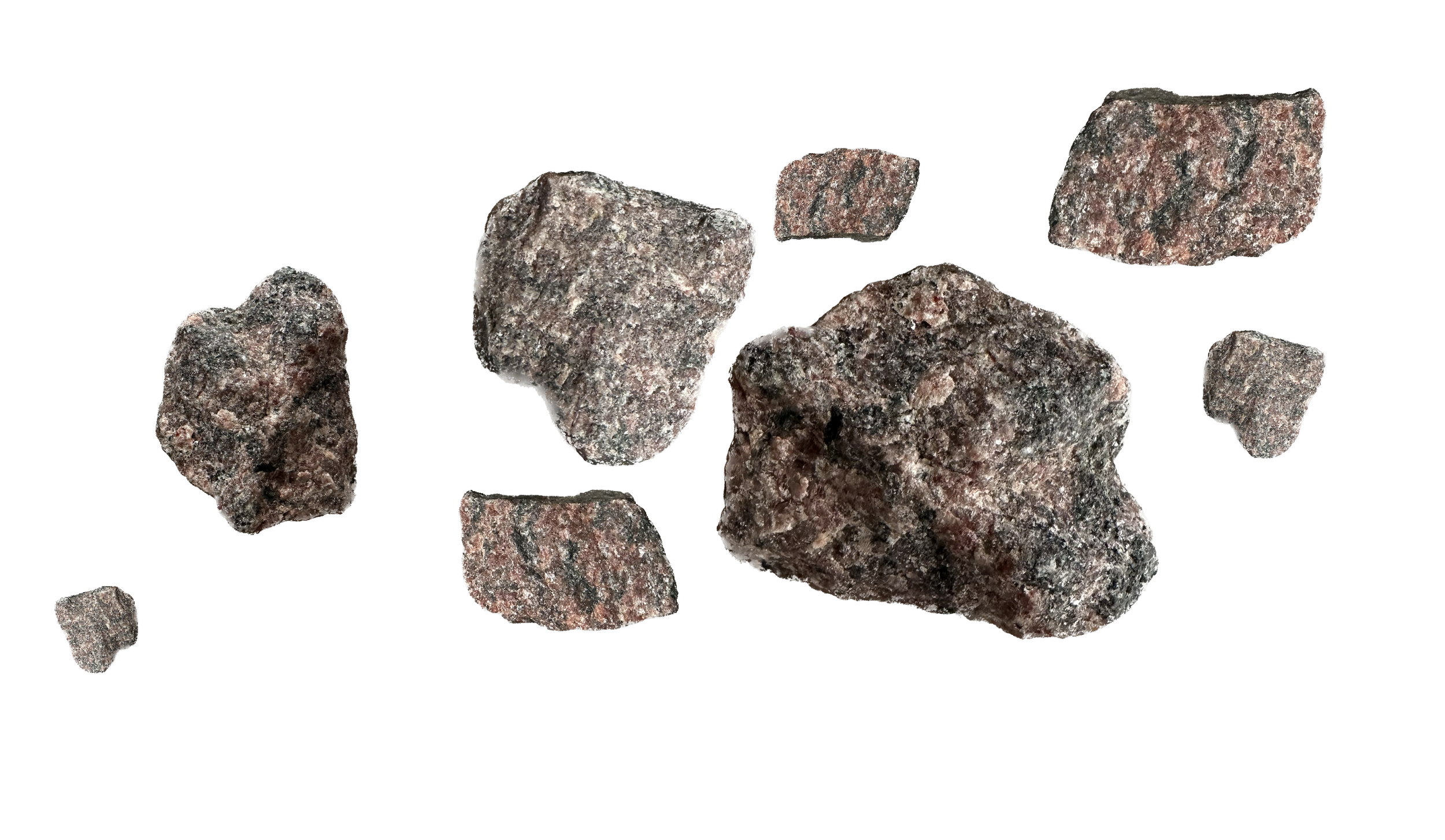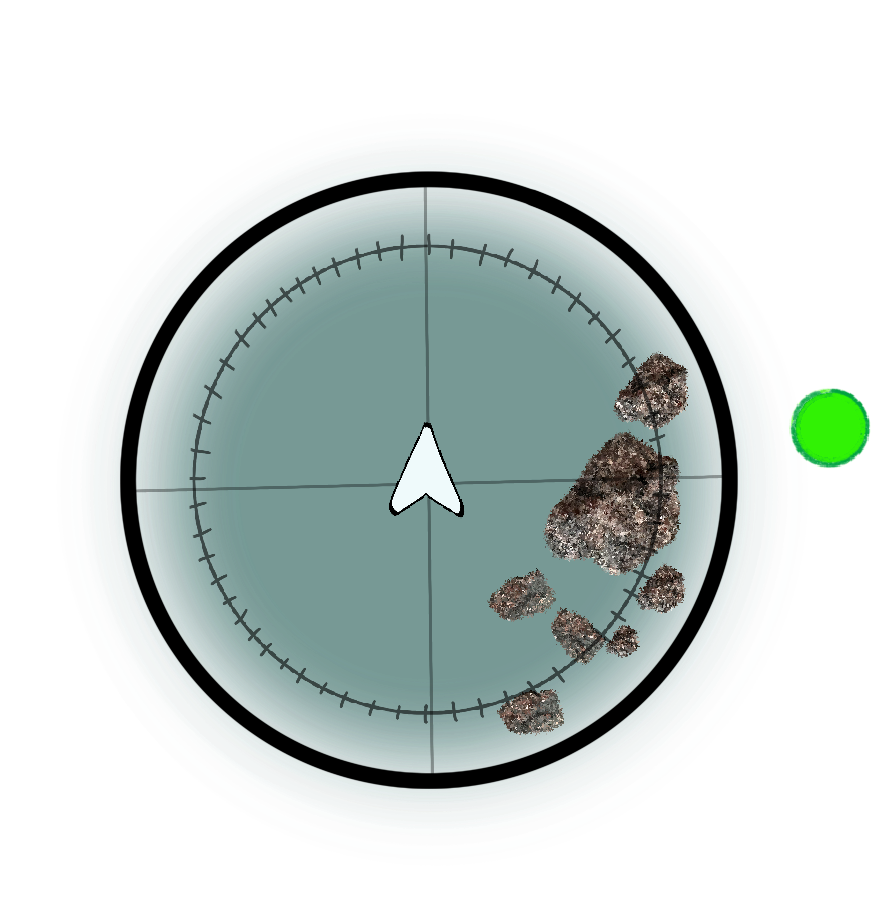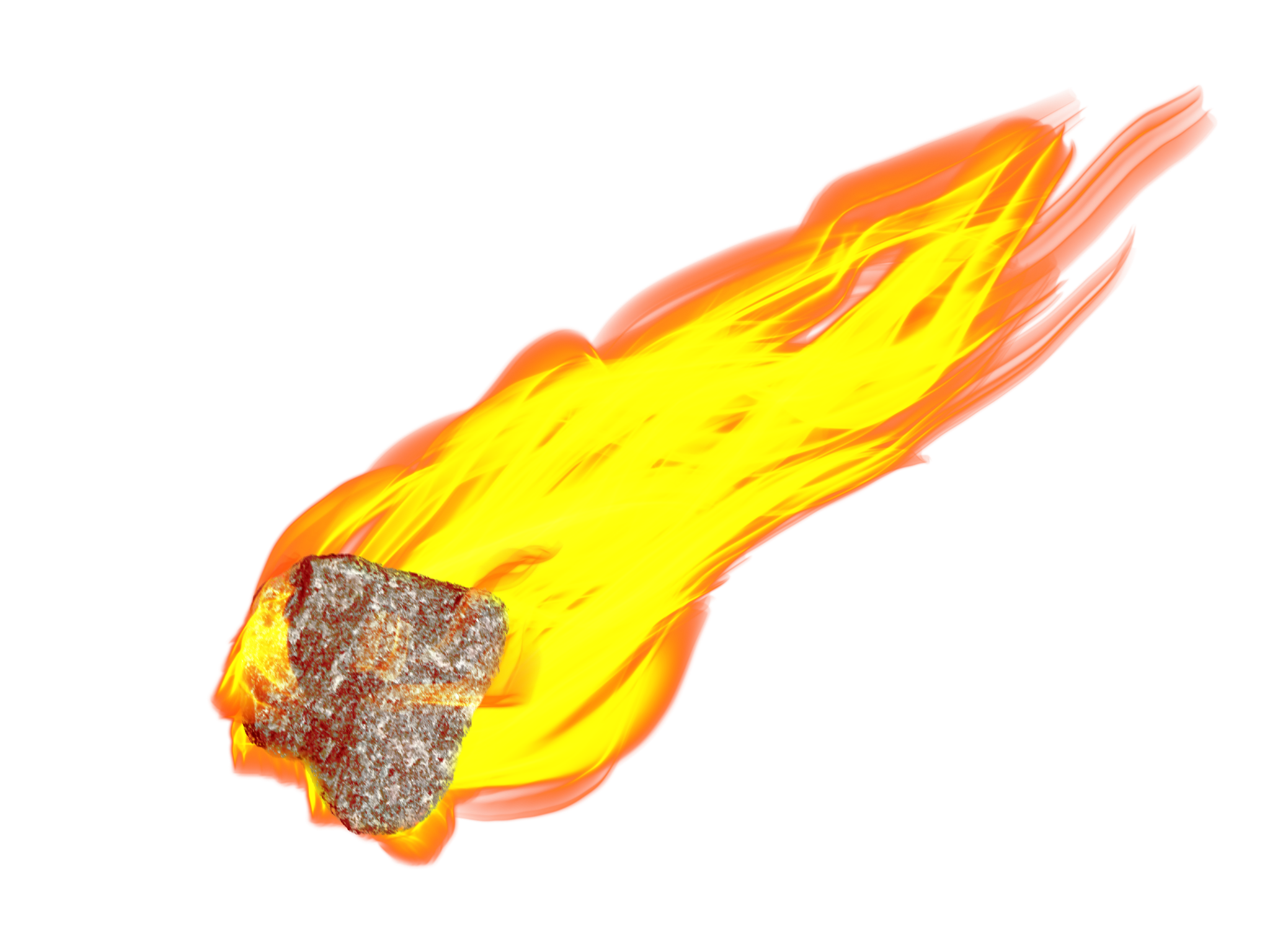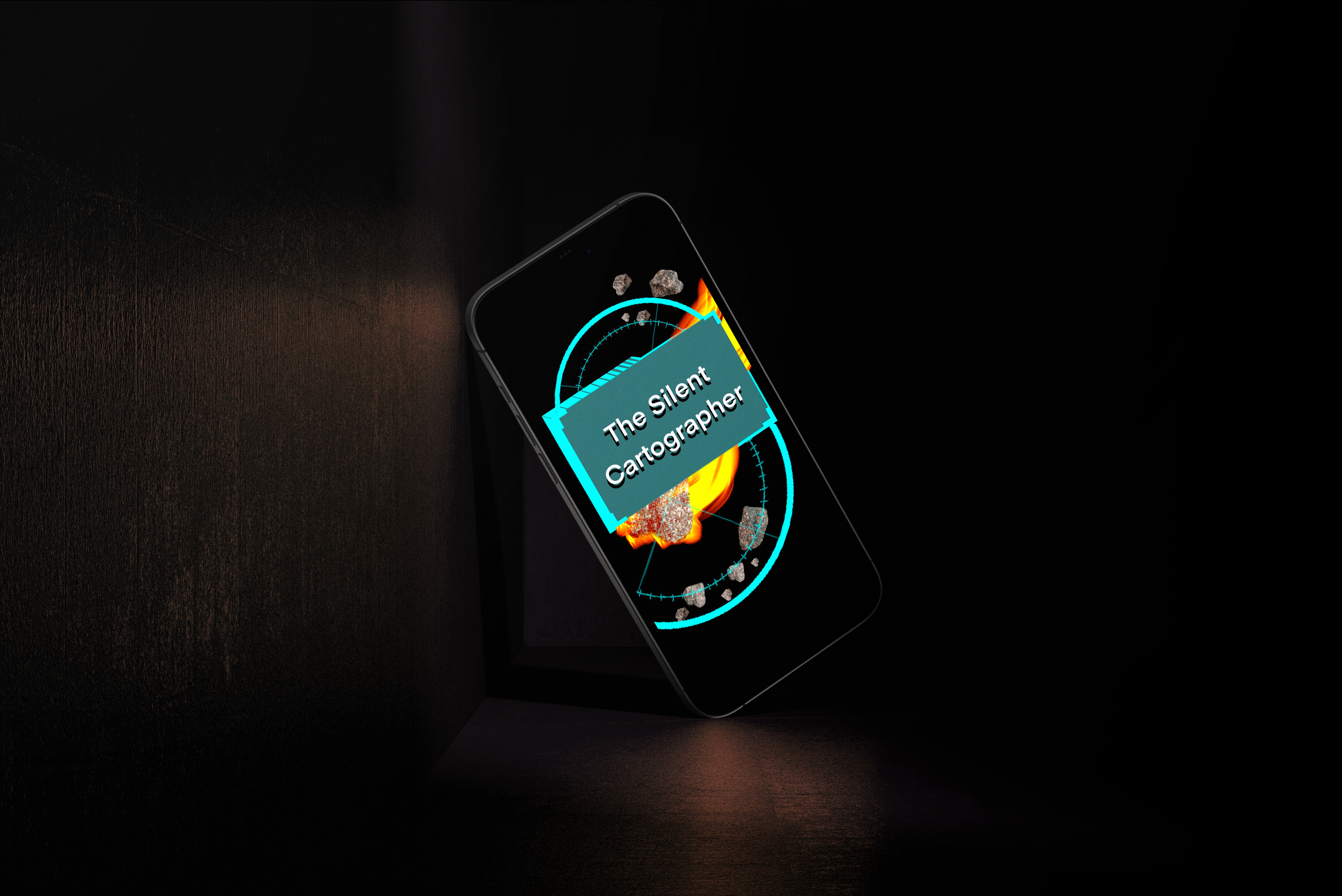
Pervasive gaming concept.
✦ BRIEF
Create a pervasive mini-gaming concept: The mission is to lead the player through an urban space from one point to another, where conditions change over time. The goal shifts, roads open and close. Crucially, the player lacks an overview since only limited parts of the map are visible. The better the player performs in the mini-game, the more of the digital world and map is revealed. Feel free to work with speed variations in the player's movements as a driving factor and form of interaction, where stationary and swift movements yield different outcomes, tied to location and timing.
CASE
Pervasive Gaming Concept ✧ Interaction design ✧ Information architecture
ROLE
Interaction design ✧ UX/UI
SKILLS
Design thinking ✧ Ideation ✧ Storytelling ✧AR ✧ Prototyping ✧ Concept presentation ✧ Flowcharts
TOOLS
Adobe Aero ✧ XD ✧ Canva ✧ Illustrator
YEAR & TIME
2023, 20 weeks (50%, part-time)

Storyline
The spaceship crew’s radar has picked up faint signals of a temporary and secret intergalactic marketplace. Their mission is to locate this marketplace before the signals disappear. To reach the marketplace, the crew must navigate routes past the asteroids while avoiding meteors in heavily trafficked areas to prevent collisions and avoid losing precious time.
About the game concept
The design concept is based on Inter Astra's mission called "The Silent Cartographer" and is centered around a navigation theme. The user must travel from one point of interest (PoI) to another while navigating around asteroids and avoiding collisions with meteors. These PoIs are particularly intriguing as they feature two of Gothenburg's 1,500 outdoor artworks scattered throughout the city.
How to play the game
The player is situated in Gothenburg and selects an outdoor artwork as the starting point (PoI A). From there, the game generates a suitable endpoint (PoI B) that the player must reach within 60 minutes. The interface provides minimal information about the endpoint and obstacles, relying entirely on the player’s phone GPS and compass. The only clue is a "blip" (a green circle) indicating the direction of the endpoint, but the shortest route is not always the fastest.
Players must navigate strategically, following the blip while avoiding heavily trafficked routes, as these are filled with fast-moving meteors. A collision with a meteor damages the spaceship and penalizes the player by subtracting 20 minutes from their total time.
To avoid meteors, players can charge deflector shields by taking 1,000 steps. Each shield protects against one collision, and players can charge multiple shields during the game. This might require deviating from the direct path to ensure they reach the endpoint—the secret marketplace.
When the player successfully reaches the endpoint within the time limit, a map is generated, showing the path they took through the city. The strategy is entirely up to the player!
Challenges and conditions
A major challenge for the player is reaching the endpoint on time, as asteroids rotate around it at varying distances, constantly changing the available paths. Another challenge is avoiding fast-moving meteors in high-traffic areas, which could damage the ship and hinder progress. This encourages players to stay away from crowded routes, reducing collision risks.
As players become familiar with the mission, challenges increase, introducing new elements to further test their skills on subsequent attempts.
The design process
The design process had, over 20 weeks, consisted of 5 different types of sprints that have explored the design space and idea generation, various methods, processes, and design theories.
Every sprint was well documented in a digital space to keep track of the process and to keep the resources in a collected space. After every sprint, a presentation was conducted to highlight the essence and lessons learned from the sprints in question and how the concept has evolved troughout the process.
SPRINT 1
Design study, exploration of the design space and early pervasive gaming concepts.
SPRINT 2
Concept generation and exploration through prototyping based on various dimensions, fidelity, and levels of interactivity.
SPRINT 3
Concept development from a specific brief while using "the real, the true, and the ideal" to shape the concept as new knowledge was absorbed.
SPRINT 4
Developing the design concept with storytelling and using “video as a design material“
SPRINT 5
“Knowledge trough design.” Presenting the ultimate design concept while reflecting on and analyzing the entire process.
SPRINT 1
The design space expanded and evolved throughout the entire project, but the majority of the work on the design space was carried out in the first sprint. The design space was visualized by creating a mind map around pervasive gaming, sci-fi, design theory, game mechanics, mobile sensors, and I/O to name the most vital areas.
The design space was developed by watching sci-fi movies like "Interstellar," testing pervasive gaming games like "Ingress," visiting the city center of Gothenburg, and studying recurring graphic elements and aesthetics found within the sci-fi genre.
Early concept sketches
SPRINT 2
Design question: “How could one merge the digital and physical worlds using Augmented Reality?”
Sprint 4 was about expanding the design space through prototyping, developing new design concepts, gaining increased knowledge about pervasive gaming, and discovering new pathways and perspectives for the design process.
The knowledge development resulting from Sprint 2 includes:
Augmented reality (AR) technology for design.
New prototyping tools and skills.
The importance of storytelling.
Prototyping as a visualization tool for exploring the abstract.
New perspectives and opportunities in pervasive gaming.
AR-portals to explore Sci-Fi aesthetics and design of immersive interactions.
Experience an AR-portal yourself by scanning the QR-code.
SPRINT 3
Sprint 3 was about developing a design concept based on the design brief "The Silent Cartographer" while allowing "the real, the true, and the ideal" to take place and shape and evolve the concept as new knowledge is absorbed.
Exploring "the true" involved theory-building and studying what constituted adequate research within the field, as well as how this knowledge could serve as a foundation for iterating the concept. The literature search encompassed interdisciplinary articles, scientific articles on prototypes, and Augmented Reality (AR) closely related to the specific problem area I am designing for.
"The real" involved capturing the way reality appears, analyzing the merits, shortcomings, opportunities, and threats that the concept faced. "The real" also encompassed reflecting on the societal contributions and ethical issues that I encountered during the concept development.
"The ideal" revolved around capturing the design vision and intention for the concept. What does the ideal version look like? Who do I want to be as a designer? What is the ideal relationship to have with clients?
SPRINT 4 & 5
Sprint 4 was about continuing to develop the game concept, primarily by using video as design material, specifically scenario-based video.
"Sprint 5, the ultimate and final sprint where the definitive design concept is presented through narrative video, a sequence model, design documentation, and a dedicated web page for the concept. Throughout the sprint, I've made several reflections to effectively communicate the progression of the design concept, the challenges and lessons of the design process, as well as the internal journeys I've undertaken as a designer."
Navigation graphics
Key takeaways
✦ INSIGHT
Through my journey, I discovered the importance of reflective tools, such as the "design space," which enabled me to capture and refine abstract ideas, ultimately enhancing my thought process. This experience also led me to engage with Augmented Reality, sparking a newfound curiosity about emerging technologies. It revealed how I can adapt to unfamiliar fields and explore new creative avenues.
As I analyzed design complexity through the lens of "the true, the real, and the ideal," I gained a structured way to reflect on my role, values, and aspirations as a designer. Additionally, working with video highlighted my ability to communicate concepts creatively, while also uncovering areas where I could grow in terms of technical expertise.
Finally, stepping into unfamiliar contexts showed me that my creativity and adaptability extend beyond my personal interests, broadening my professional outlook and enhancing my potential as a designer.
✦ IMPACT
The design concept evolved into a thoughtful and innovative prototype, shaped through iterative exploration and reflection. By leveraging Augmented Reality, the concept showcased its potential for practical application across diverse fields, including education, art, and interactive media.
The structured approach to complexity ensured that the product met user needs while addressing societal relevance and ethical considerations, resulting in a balanced and impactful design. Video played a crucial role as a communication tool, effectively conveying the concept’s value to stakeholders and enhancing its overall presentation.
Ultimately, the final product exemplifies a seamless blend of creativity, research, and adaptability, making it both user-centered and versatile for future development.


